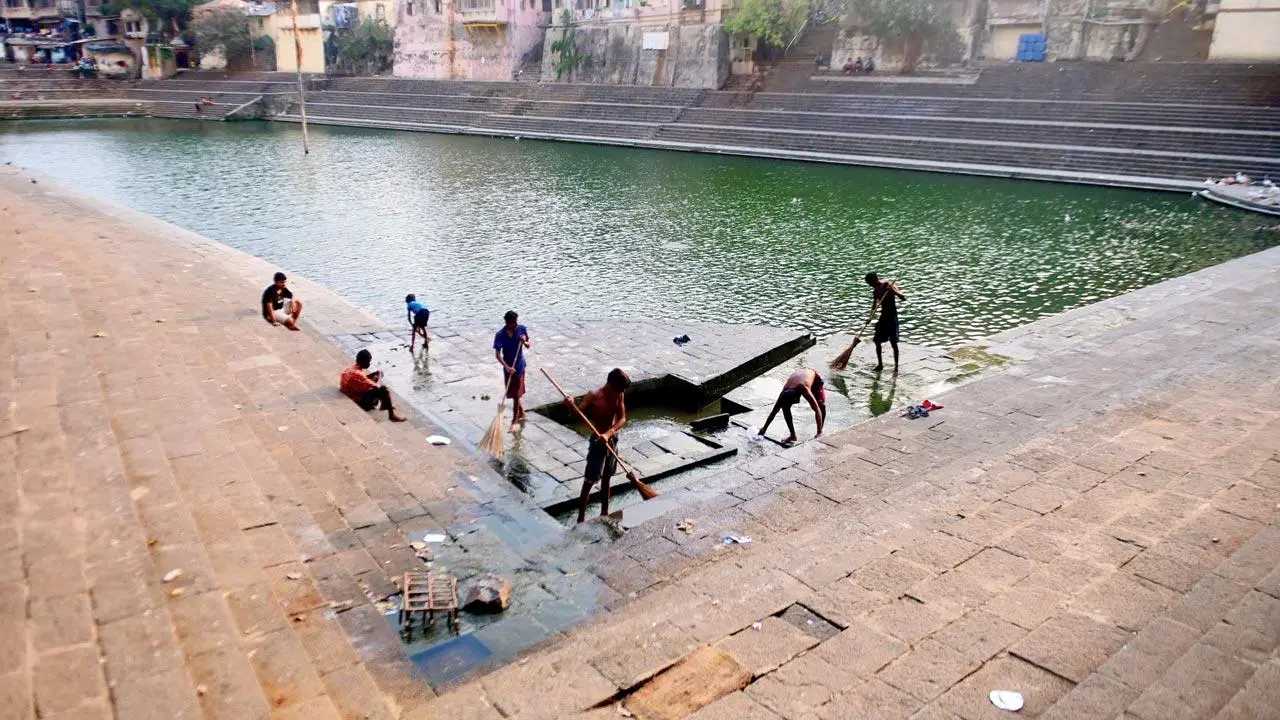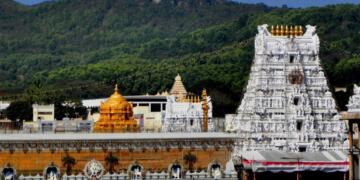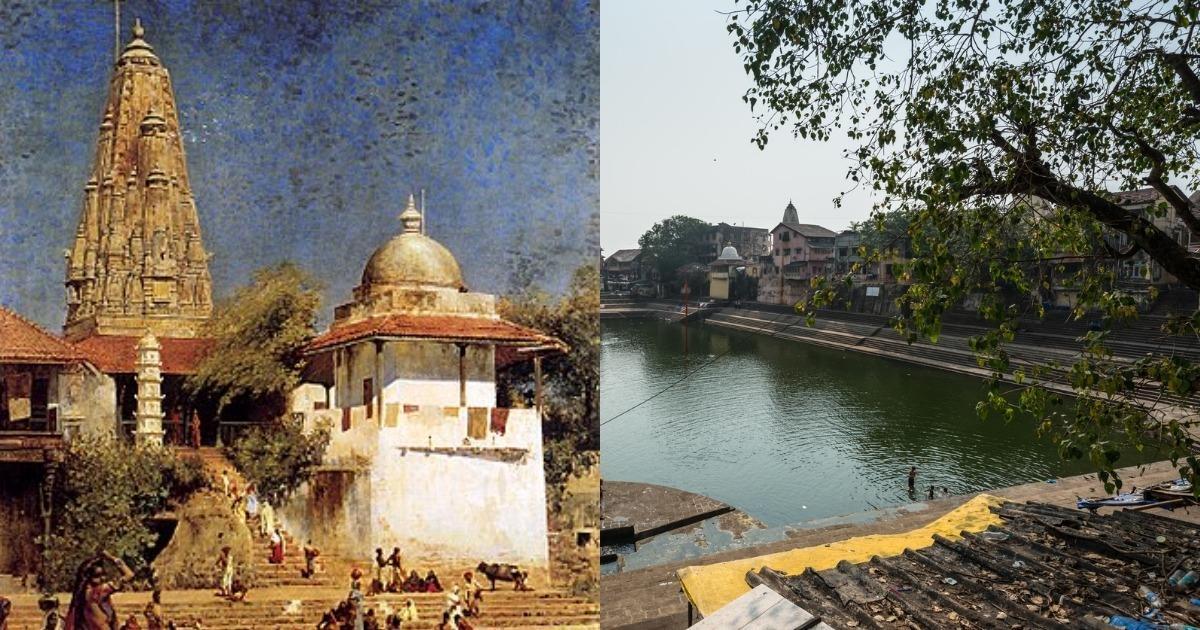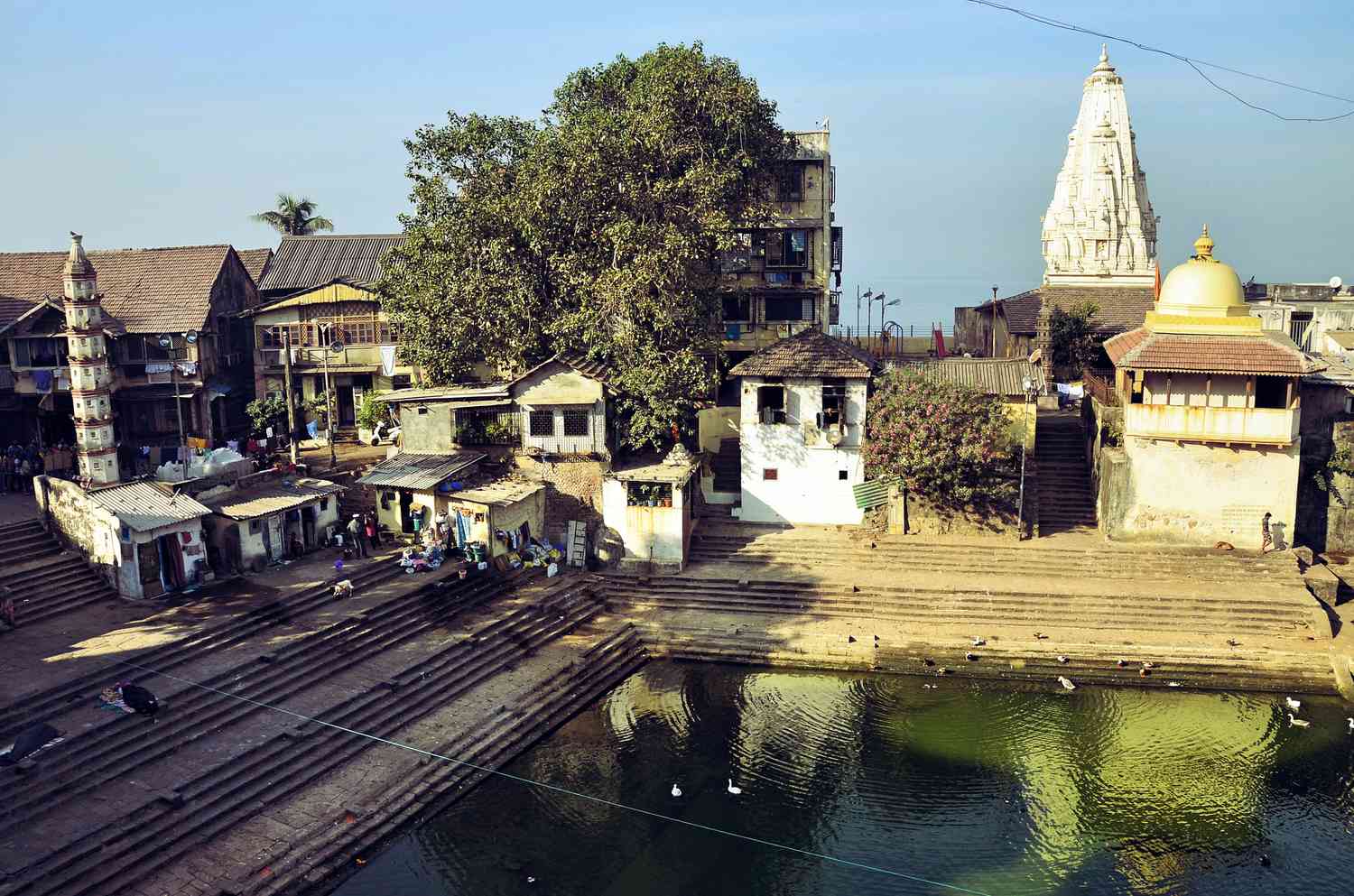Walkeshwar Temple, Mumbai – Overview
Walkeshwar Temple in South Mumbai also known as Baan Ganga Temple is one of the unique and ethnic religious places presents in the beautiful city of Mumbai. The highest point of Malabar Hill on Banganga Road is the actual location of this extraordinary temple. The temple of Walkeshwar was dedicated to the great Lord Shiva.
A sweet water reservoir named Banganga Tank is attached to this temple. Many followers and devotees visit this temple and take a holy dip in this lake to purify themselves from illegal activities.
Walkeshwar Temple Timings
Walkeshwar Temple opens at 6:00am in the morning and close at 7:00 pm in the evening.
| Friday | 9 am–1 pm, 5–8 pm |
| Saturday | 9 am–1 pm, 5–8 pm |
| Sunday | 9 am–1 pm, 5–8 pm |
| Monday | 9 am–1 pm, 5–8 pm |
| Tuesday | 9 am–1 pm, 5–8 pm |
| Wednesday | 9 am–1 pm, 5–8 pm |
| Thursday | 9 am–1 pm, 5–8 pm |
Also Read: Kathgarh Mahadev Mandir Kangra, Timings, History, Travel Guide and How to reach
History of Walkeshwar Mandir
The mythological aspect behind the construction of this shrine was related to the legend of Ram-Sita. As the story goes, Rama’s wife Sita was abducted by the demon king Ravana. Therefore, Rama and his younger brother Lakshmana travelled from Ayodhya to Lanka in search of her. He stayed here for a while in the middle of his long journey. As suggested, Rama sent his brother Lakshmana in search of an idol to worship Lord Shiva for the life of his wife.
Unable to wait any longer for his brother Rama, Rama set up a Shiva Linga out of sand and worshiped it. Hence, the name Sanskrit word Valuka Ishvara was derived from it which means “god of sand.” It was also described as an avatar or form of Lord Shiva. This is how the historical and religious temple of Walkeshwar was built.
Ram felt thirsty after waiting for a long time. So, he shot an arrow towards the Ganges and brought her here as there was no fresh water to drink except sea water. Hence, the reservoir of Banganga was also formed where Baan means arrow.
Also Read: Shani Shingnapur Mandir Ahmednagar, Timings, History, Temple Guide and How to reach
Place to visit near this Temple
Banganga Tank
Banganga Tank Located in the centre of the Walkeshwar temple complex, the ancient Banganga tank was built in 1127 AD by a minister in the court of the Silhara kings named Lakshmana Prabhu, who belonged to the Gaud Saraswat Brahmin community.
The sweet water tank is a rectangular pond and is surrounded by concrete steps that lead to the water body. Being spring fed, the pool’s water is said to be sweet, although it is located a hundred meters from the sea.
Babulnath Temple
This is an ancient Shiva temple of 12th century, whose idols and Shivling were consecrated by the then king Bhimdev. As time passed, the old temple was buried during excavations between 1700 and 178. The original idols of Ganesha, Hanuman and Parvati were excavated along with the main Shiva Linga. The temple as it stands now was built during the 1780s. The temple is dedicated to Lord Shiva.
Hanging Garden
The only terraced garden on top of Malabar Hill in Mumbai is also famous for its wide variety of flora and exotic flowers. The Hanging Gardens were designed by Ulhas Ghapokar and built in 1880 in memory of Firozshah Mehta, a renowned barrister of his time. The view of Chowpatty Beach is worth seeing from here. Kamla Nehru Park is just opposite to the Hanging Gardens.

Also Read: Simhachalam Temple, Andhra Pradesh: Timings, Travel Guide and How to reach
How to reach Walkeshwar Temple
By Air- The nearest airport from Walkeshwar Temple is Mumbai airport. From here you can easily reach this temple by using local transport services.
By Train- The nearest railway station from this temple is Mumbai Central railway station. From here you can easily reach this temple by using local transport services or taxi.
By Road- You can easily reach this temple by using local transport services or by using your own vehicle as its roads are well connected with the other cities of the country.
Subscribe our TFI Dharma YouTube channel to watch Devotional videos because we are here to serve Sanatana Dhrama: TFIDHARMA


































